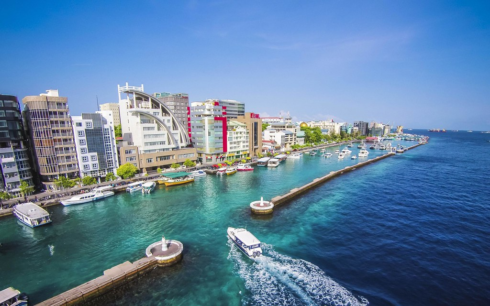
Top 11 Tropical Destinations for Your Dream Getaway Are you dreaming of cool beaches, clear blue oceans, and green jungles? The perfect destination for rest and enjoyment is tropical places! Whether your goal is to lounge on the sand or engage in thrilling pursuits, here are 18 fabulous tropical destinations for your next getaway.
Maldives: A Paradise of Luxury and Tranquility
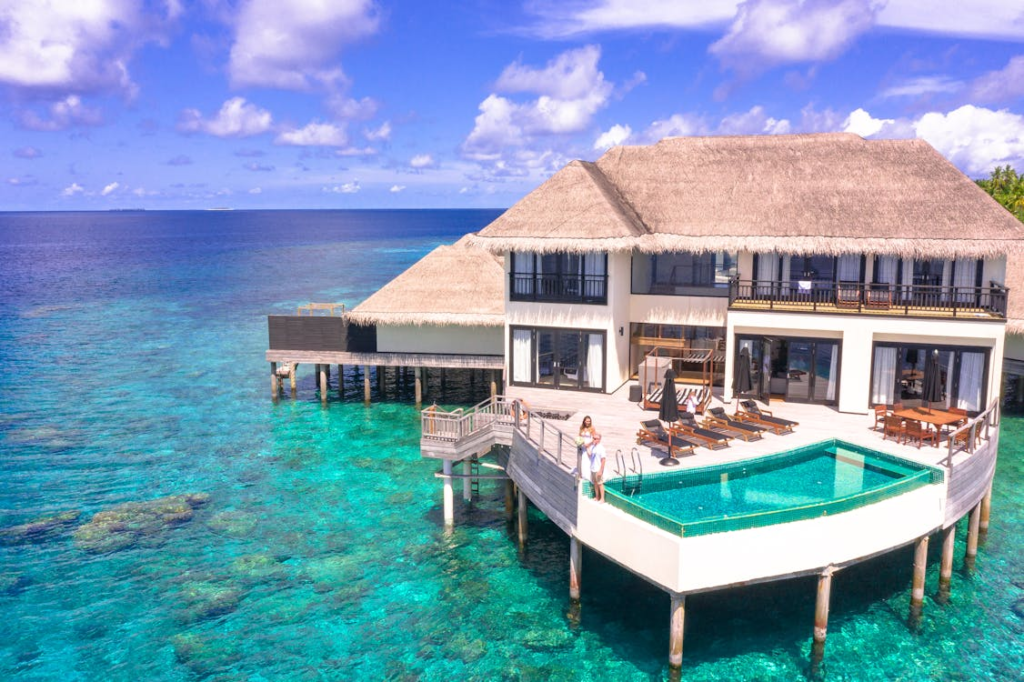
Maldives is one of the most popular tropical destinations around the world. It consists of more than 1,000 coral islands, which are classified in 26 atolls located in the Indian Ocean. The Maldives is known for its stunning white sandy beaches, turquoise waters, and luxurious over-water villas, making it a popular destination for couples, families, and adventurers.
The allure of the Maldives is the location itself. Many resorts in the Maldives take up entire islands so there’s a sense of privacy and exclusivity. A highlight of any stay is the overwater bungalows, where guests can wake to the sound of gentle waves lapping underneath their room and step straight into the ocean.
Maldives is a paradise for undersea adventurers. This is also one of the best places for snorkeling and scuba diving, with nearby coral reefs teeming with marine creatures. Visitors can swim with colorful fish, sea turtles, manta rays and even whale sharks. The bright coral gardens and caverns beneath the surface complement the
Perfect Weather to Visit the Maldives
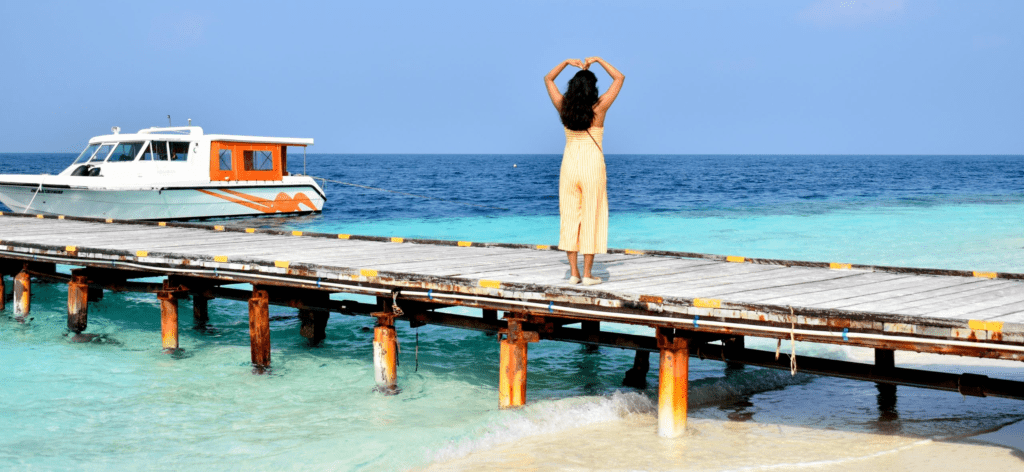
The Maldives, where weather is warm and sunny all year round. But the ideal time of year to come is during the dry season, which lasts from November to April. The weather is excellent, with clear skies, mild seas and plenty of sunshine — great for beachgoing, water sports and undersea exploration.
Dry Season: November to April
This season also known as northeast monsoon season. Temperatures usually dart from 25°C to 31°C (77°F to 88°F), which means warm but not ungodly. These months have low humidity which makes it even more comfortable and pleasant to stay. The dry season is particularly excellent for snorkeling and diving, as water visibility is optimal, revealing the Maldives’ amazing underwater realm.
Wet Season: May to October
The rainy season, or the southwest monsoon, is characterized by sporadic downpours and rougher seas. But the showers tend to be brief and come between sunny skies. Although it’s not as guaranteed as the dry season, this period is less packed and can be perfect for budget travelers since a lot of resorts provide deals. The marine life is abundant, and the surfing is good (best from Jun–Sept).
Best Months for VisitingDecember to March: High season, amazing climate and crowd. Best For: Honeymooners and luxury travelers
April & November: Shoulder seasons with climatological advantages; early spring and autumn provide solid value and pleasant conditions.
When to The Maldives the Maldives is a singular experience no matter when you go, but going during the dry season will help you experience this tropical haven to its fullest.
Bora Bora: A Romantic Island Paradise
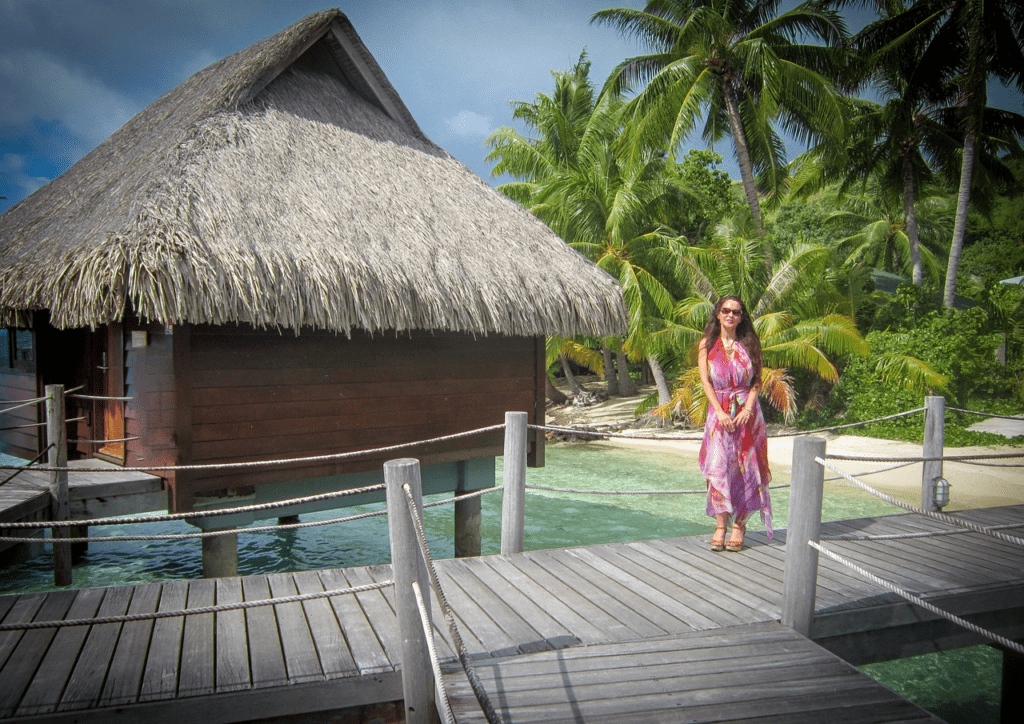
Bora Bora in French Polynesia, a small island surrounded by a stunning turquoise lagoon and a barrier reef. Often referred to as the “Pearl of the Pacific,” it is a dream destination for couples and honeymooners. Bora Bora is well-known for its beautiful overwater bungalows, which have breathtaking views with direct access to the water.
The centerpiece of Bora Bora is Mount Otemanu, a dormant volcano that provides a dramatic backdrop to the island’s tranquil beaches. Visitors can indulge in snorkeling, diving, paddleboarding, coral gardens, etc. Romantic boat cruises and island tours make it even more alluring. The serene environment and transparent water combination of Bora Bora creates a heaven for both rest and adventure.
Perfect Weather to Visit Bora Bora
The best time to visit Bora Bora is during the dry season, from May to October. The weather is sunny, with temperatures around 25°C to 30°C (77°F to 86°F), and humidity is low, making it perfect for outdoor activities.
Maui, Hawaii: The Island of Adventure and Beauty
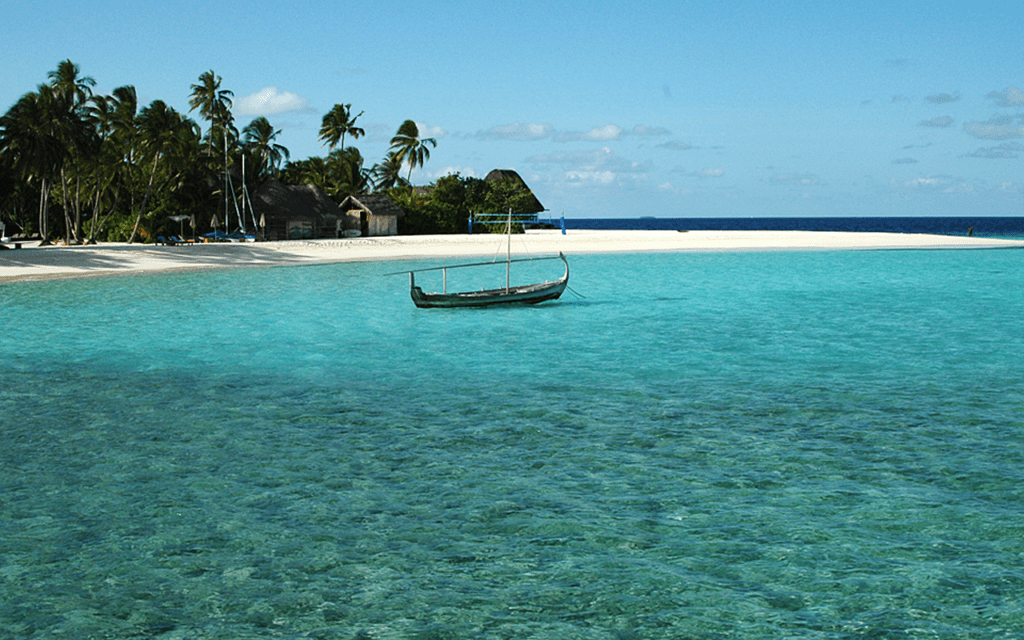
Popularly known as the “Valley Isle,” Maui is one of the most sought-after destinations in Hawaii known for its varied landscapes, golden beaches, and thrilling experiences. Visitors can unwind on beautiful beaches such as Kaanapali and Wailea or visit Iao Valley State Park, a lush expanse of greenery.
The Road to Hana is great for an adventure. This picturesque drive includes waterfalls, rainforest trails and stunning coastal vistas. Another can’t-miss experience is to catch either the sunrise or sunset at Haleakalā National Park, where you can stand atop a dormant volcano that boasts incredible views for miles around. Maui’s also a great place that’s known for whale watching, especially in winter, when humpback whales migrate to its warm waters.
From surfing and snorkeling to hiking and relaxing, Maui has it all with a mix of adventure and relaxation.
Perfect Weather to Visit Maui

The ideal time to visit Maui is from April to May and from September to November. During these months, the weather tends to be warm and pleasant, averaging 24°C to 29°C (75°F to 85°F). These shoulder seasons offer a more leisurely experience without the peak summer and winter crowds.
If you’re interested in whale watching, go from December to March, when humpback whales are spotted in Maui’s waters.
Seychelles: A Tranquil Island Paradise
When it comes to traveling, Seychelles is a beautiful archipelago of 115 islands in the Indian Ocean. Renowned for its white sandy beaches, turquoise waters and distinctive granite boulders, it’s arguably a dream destination for nature lovers and beachgoers. The waters surrounding the islands are filled with spectacular marine life, which makes snorkeling and diving two of the most sought-after activities.
One highlight of the Seychelles is Anse Lazio, frequently touted as one of the world’s most beautiful beaches. The islands also have lush tropical rainforests with hiking paths, where tourists can observe rare flora and fauna like the Coco de Mer palm and giant tortoises.
Seychelles presents the perfect break if you want a remote beach escape, indulge in watersports or experience the natural element.
Perfect Weather to Visit Seychelles
The two best times to visit Seychelles are between April–May and October–November, when the weather is warm, and the seas are calm, making it perfect for swimming, snorkeling, and diving. Average temperature all year long falls between 24° C to 30° C (75° F to 86° F)
5. Bali, Indonesia: Culture and Nature

Bali, sometimes referred to as the “Island of the Gods,” is an island province of Indonesia that boasts colorful traditions, stunning natural beauty, and a complex religion. Bali, the famed Indonesian island known for its stunning diversity, comprises lush green rice terraces, pristine beaches, volcanic mountains, and dense tropical forests, all of which belong to Southeast Asia.
Bali is known for its unique Hindu culture, which can be seen in its temples, ceremonies, and traditional dances. Famous sites like Uluwatu Temple, Tanah Lot and Besakih Temple tempt visitors in pursuit of spiritual and architectural marvels.
Tourism is a leading industry; popular destinations include Ubud, famous for its art and culture, and Kuta, known for its nightlife and surfing. Bali is also home to world-class resorts, yoga retreats and cuisine. Boasting the island warm hospitality, lively festivals and stunning landscapes, it is no wonder that the island is a favorite destination for travelers from all over the world to enjoy a mix of relaxation, adventure and cultural exploration.
The optimal season for visiting Bali is the dry season between April and October. It’s the best time to visit for warm temperatures (approx 27–32 °C or 80–90 °F), low humidity, and little to no rain, making it perfect for relaxing on the beach, surfing, getting out and hiking, or checking out a temple.
Main Months:
April, May, June: Lesser crowds; better prices on accommodation.
July and August: High season with lively events but more expensive.
Arrange September and October: A mild period with good climate.
The wet season (November to March) is marked by heavy rains and increased humidity but may still be a good option for budget travelers or those in search of cultural activities. Warmer months to avoid if outdoor activities are the priority are late spring, early and late summer and early autumn, avoid visiting during major rainfall months
6. Phuket, Thailand: Exciting and Relaxing

Phuket has secluded beaches and active nightlife. Take a day trip to Phi Phi Islands, swim in crystal clear water, or take a sunset dinner cruise. The Big Buddha and Wat Chalong are excellent to see.
Located in the Andaman Sea, Phuket is Thailand’s largest island, famous for breathtaking beaches, a vibrant nightlife, and rich culture. And it is a leading travel destination with something for every fancy.
Renowned beaches of Patong, Kata and Karon draw crowds for their soft sands and clear waters, ideal for swimming, snorkeling and water sports. For a more peaceful visit, tourists can head to the other side of the island or hidden beaches, like Nai Harn or Mai Khao Beach.
Phuket is also known for its nightlife, and you can find it turned up in places like Patong’s Bangla Road, where bars, clubs and performers fill the streets. Cultural highlights include the Big Buddha, Wat Chalong Temple, and Old Phuket Town’s Sino-Portuguese architecture. Visitors can indulge in fresh seafood, visit nearby islands such as Phi Phi or James Bond Island or relax with a Thai spa. Phuket, the perfect holiday destination for everyone beach lovers, adventure seekers and culture enthusiasts, is stretched with tropical beauty and vibrant surroundings.
The ideal months to visit are from November to April during the dry season. This period is warm, sunny, dry weather, with average temperature in the range of 24–32°C (75–90°F). It’s perfect for beach-going, water sports and island-hopping.
November to February: The coolest or most pleasant time, for outdoor activities and exploring. It’s also high tourist season.
March & April: Increased warmth but still dry, excellent time to enjoy the beaches before the monsoon begins.
Heavy showers can be expected during the rainy season (May to October), particularly in September and October. Although this time of year brings lush green landscapes and fewer tourists, activities such as boat trips could be affected by rough seas and some places may close. If you want the best all-around experience, plan to visit in the dry season.
7. Fiji: Friendly and Beautiful

Fiji is home to balmy beaches and welcoming natives. Dive with manta rays, relax on quiet islands or watch traditional dances and eat traditional food. Known for its pristine beaches, turquoise waters and rich marine life, Fiji is a beautiful South Pacific archipelago consisting of more than 300 islands. A popular tropical paradise for relaxation, adventure and cultural exploration.
Most of Fiji’s population is concentrated in the main islands, Viti Lavu and Vanua Lavu, where there is a combination of modern resorts and traditional villages. Visitors can snorkel, dive coral reefs, kayak, hike through the lush rain forest to mountain tops. Notable locations are the Coral Coast, Yasawa Islands and Mamanuca Islands.
Fijian culture is warm and welcoming with traditions such as the “kava ceremony” and fire dances. Fijians are also known for their hospitality and friendliness, often welcoming visitors with “Bula!” (hello). With its year-round tropical weather, luxurious resorts and secluded beauty, Fiji is a dream playground for honeymooners, families and adventurers.
Fiji is best visited during its dry season from May to October. At this time, the climate is lovely and warm (22–28°C; 72–82°F), humidity is lower and rainfall is low. These months are ideal for spending time outside: going snorkeling, diving, hiking and island hopping.
Highlights:
May to June: Cooler temperatures and fewer crowds.
July to September: Tourist season at its peak — the weather is nicest, but prices are higher.
The wet season (November to April) has hotter temperatures, humidity high, and sporadic tropical storms or cyclones. Yet this is also when Fiji’s landscapes are lushest, and travelers are likely to encounter better rates on places to stay. Looking for the best experience, visit during dry season when the weather is pleasant to explore the natural beauty and marine life of Fiji.
8. The Bahamas: Fun in the Caribbean
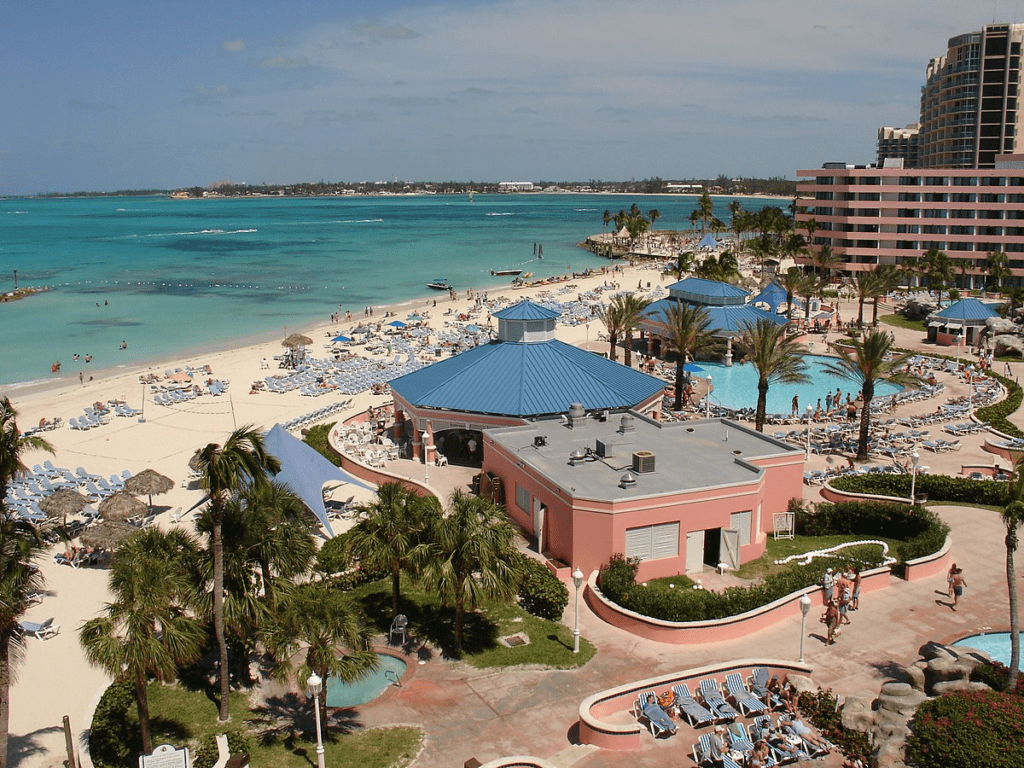
The Bahamas:Get your beach fix in the Bahamas. Swim with pigs at Exuma, go diving in the underwater caves of Andros or chill out at Pink Sands Beach. With plenty of culture and history, Nassau is vibrant.
The Bahamas is a stunning archipelago consisting of more than 700 islands and cays in the Atlantic Ocean, south-east of Florida. With its azure turquoise waters, powdery white sand beaches, and spectacular marine life, it is a premier escape for relaxation and adventure.
The capital, Nassau, which is located on New Providence Island, features modern resorts, historic sites and markets teeming with vendors. Paradise Island, site of the famous Atlantis Resort, caters to luxury travelers. Visitors can also explore the beautiful Exuma Cays, famous for its swimming pigs and white sandy beaches, or the Andros Barrier Reef, great for diving and snorkeling.
The culture of the Bahamas is vibrant and multi-faceted, reflecting the influences of African, British, and Caribbean traditions, as well as lively celebrations such as Junkanoo. And seafood lovers will find treats like conch salad and fish just caught. Thanks to its tropical climate, year-round temperatures, and myriad sports and entertainment options, the Bahamas is ideal for beach bums, divers and island adventurers.
Its dry season from mid-December through mid-April is the ideal time to visit the Bahamas. This is when the warm sunny weather of 24–29°C (75–84°F) and low humidity prevails making this the best time for long beach days snorkeling and exploring the islands.
Highlights
December to February: Mild weather and Christmas cheer during the popular tourist season.
March to April: Warm and pleasant weather, fewer crowds toward the end of the season.
From May to November, the wet season means humidity, rain, and the possibility of hurricanes, occurring most frequently between June and November. But this time of year also means fewer tourists and better deals on lodging. While the Bahamas can be visited year-round, the dry season from mid-December to mid-April is ideal, as the weather these months is just right for beaches and outdoor activities.
9. Tahiti, French Polynesia: Tropical Beauty

Tahiti, the largest island in French Polynesia, is a little piece of tropical paradise in the heart of the South Pacific. Tahiti, also known as the “Queen of the Pacific,” is famous for its tropical landscapes, azure lagoons, and culture. Tahiti is composed of of two going geographical regions, Tahiti Nui (the north part or large part) and Tahiti Iti (the south part or small part).
Tahiti is known for its amazing natural beauty from waterfalls to black-sand beaches, as well as coral reefs that are home to loads of marine life. The capital is Papeete, a combination of both old and new Polynesian heart, which features local markets, museums, and restaurants.
Its ever-evolving blend of Polynesian tradition is everywhere, from music to dance to tattoo art. Activities like snorkeling, surfing, and hiking are also available to visitors. If you use the island of Tahiti as a gateway to the other islands of French Polynesia, it’s a must-see.
Highlights:
June to August: High tourist season, with festivals like Heiva celebrating Polynesian culture.
September to October: Less crowded and great weather.
The wet season (November to April) is hotter and humid, with heavy rain and tropical storms sometimes. But this time of year provides lush foliage, lively waterfalls and reasonable hotel costs. For optimum enjoyment, go during the dry season to experience the natural beauty and outdoor adventures of Tahiti in ideal conditions.
10. Costa Rica: Nature and Adventure

Costa Rica is a haven for both beach & adventure lovers. Explore the lush Osa Peninsula, relax in hot springs near volcanoes or surf at Tamarindo. A focus on eco-tourism gives the country a green scorecard.
Costa Rica is a Central American country known for its rainforest, beautiful beaches, and abundance of wildlife. The country is recognized as a leader in eco-tourism, and boasts national parks such as Manuel Antonio and Corcovado, populated with exotic wildlife like sloths, monkeys and toucans.
The Pacific and Caribbean coasts provide opportunities for surfing, snorkeling and relaxing on unspoiled beaches. Visitors might also hike volcanoes like Arenal, or sit in natural hot springs. Costa Rica is known for sustainability and the phrase “Pura Vida” (Pure Life), which embodies its easy-going, amiable culture. A perfect destination for nature lovers and adventure seekers.
The dry season (December to April) is the best time to visit Costa Rica. In this period, the skies are sunny, the temperatures are warm (75–90°F or 24–32°C), and rainfall is minimal, making the weather ideal for trips to the beach, national parks, or any other outdoor activities.
Highlights:
January to March: Best for wildlife watching and the beach
April: Nice weather and less crowded at the end of the season.
The rainy season (May to November) delivers lush vegetation and fewer visitors, but also heavy rain that comes almost daily, particularly in September and October. But morming are clear and a ood for a budget visitor or want just colors. October is the time to visit for the best experience; it is the dry season with perfect weather for hitting Costa Rica’s beaches, forests and wildlife.
11. Zanzibar, Tanzania: History and Beaches
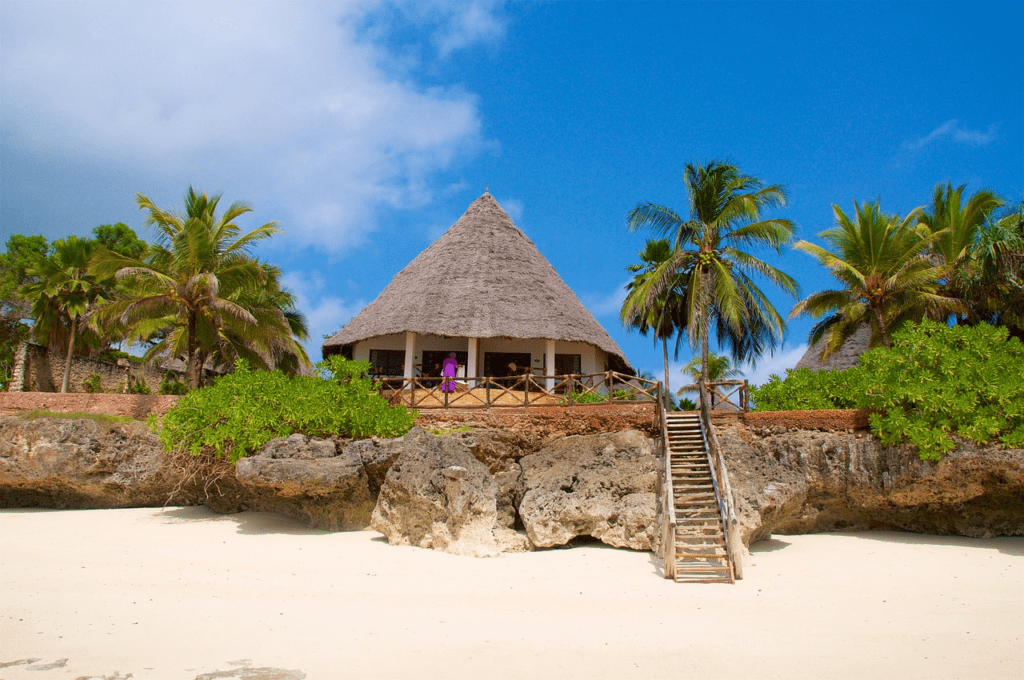
Zanzibar is home to white beaches and clear waters — plus a deep history. Explore the old buildings of Stone Town or take a boat ride at sunset.
Zanzibar, a stunning archipelago located off the Tanzanian coast in East Africa. The principal island, Unguja, more commonly known as Zanzibar Island, is an ideal mix of relaxation and history.
Zanzibar is known for its white-sand beaches, including Nungwi and Kendwa, that are great for swimming, snorkeling and diving through living coral reefs. The storied Stone Town, a UNESCO World Heritage Site, features winding alleys, old structures, and traces of the island’s Swahili, Arab and Indian heritages.
Zanzibar, the “Spice Island,” has a long history of cultivating spices, and visitors to Zanzibar can tour spice farms and learn about local flavors such as cloves and cinnamon. Zanzibar is the ideal destination for beach lovers, history buffs, and adventurers and is known for its warm hospitality, exotic food, and natural beauty.
When to go: The best time to visit Zanzibar is in dry season between June and October and again between December and February. These seasons are characterized by clear, warm days with temperatures between 25–30°C (77–86°F), great for enjoying beaches, water sports and exploring Stone To
Between June to October: The weather is cooler and less humid, ideal for outdoor activities and diving.
December to February: Warmer and perfect for relaxing at the beach and exploring marine life.
Heavy rain and high humidity, particularly in April, mark the rainy seasons (March to May and November). The landscape grows lush and green, while travel plans — it’s hard to say. To make the most of your stay, visit at the right time of year — in the dry season, for crystal clear skies and pristine beach conditions.
summary
From Maldives luxury to Bali culture, these are tropical destinations to suit everyone. For those seeking a romantic getaway or a wild family vacation, there’s an ideal destination out there. So, what are you waiting for? Plan your dream trip now!
